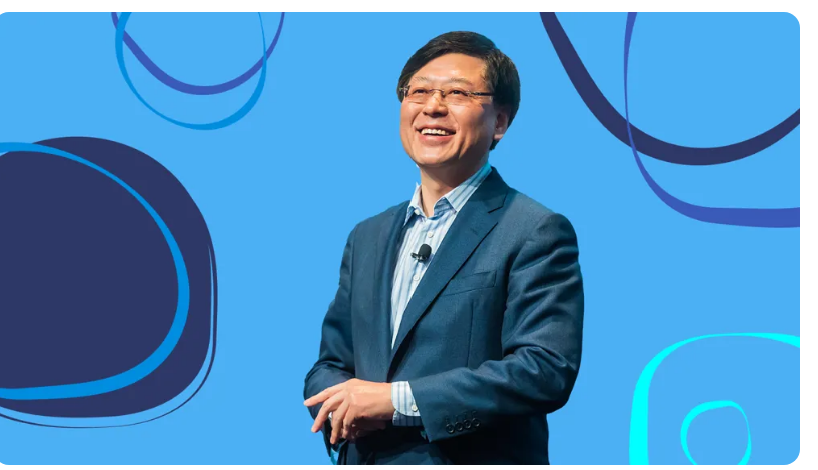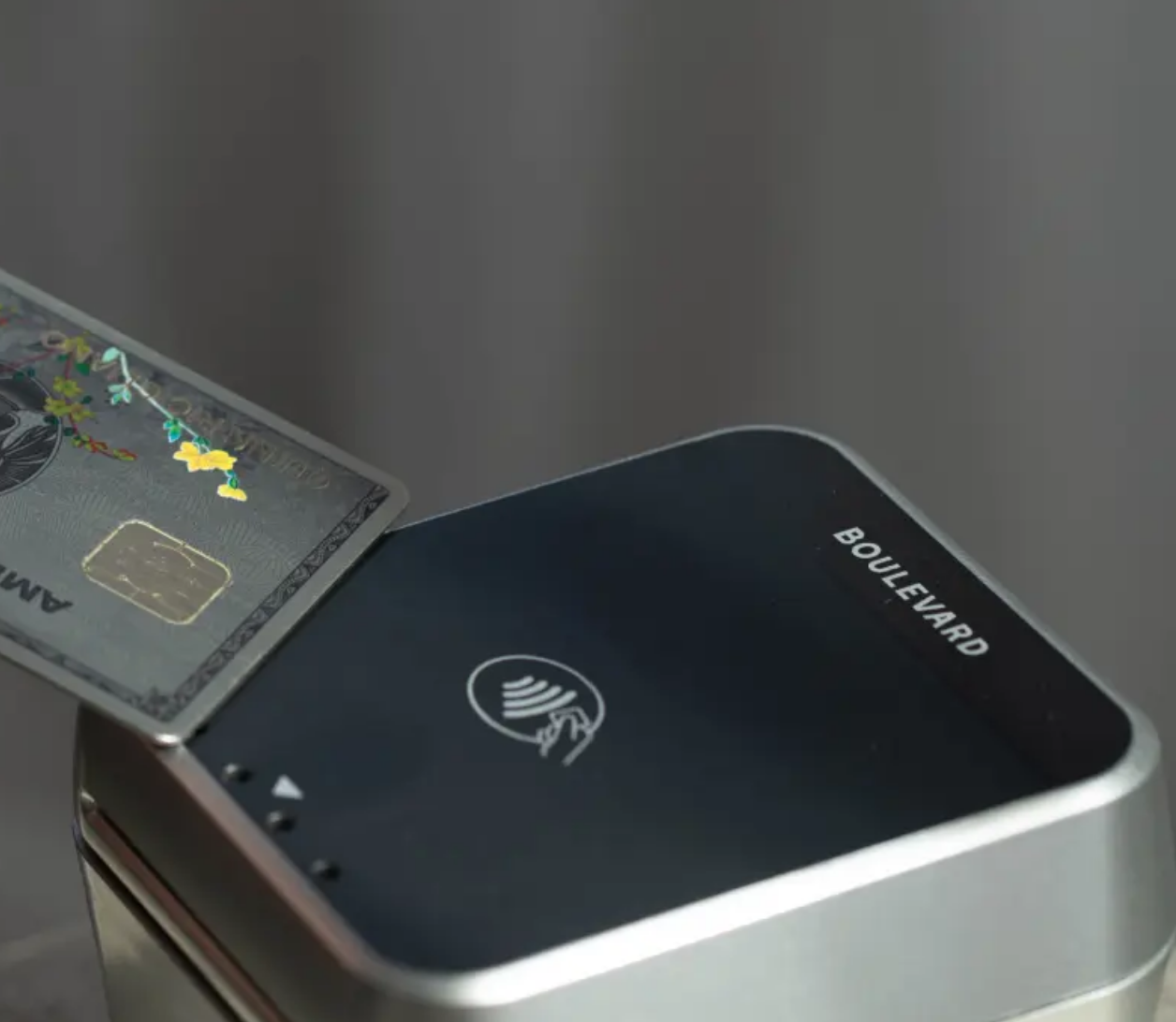FCC Draft Backs Broadcaster Choice: No Deadline for NextGen TV Switch
The Federal Communications Commission (FCC) has issued a draft Notice of Proposed Rulemaking (NPRM) outlining a voluntary, market-driven approach for transitioning U.S. television from the current ATSC 1.0 broadcast standard to NextGen TV (ATSC 3.0).
The draft, set for a vote on October 28, 2025, marks a major policy shift—moving away from the mandatory switchovers seen during the analog-to-digital transition in 2009 and instead giving broadcasters full discretion over timing of their transition.

FCC, 차세대 방송 전환 '방송사 자율' 방침...종료일 강제 안 한다
카 위원장, ATSC 1.0 중단 시기 방송국 자율 결정 허용 방침
2009년과 달리 법정 종료일 없이 시장 주도 전환 첫 사례
DRM·튜너 의무화 등 핵심 쟁점 미정...2026년 중반 최종 결정
Core Policy Direction
Chairman Brendan Carr stressed that the FCC’s draft “tentatively concludes” that TV stations should decide when to end legacy ATSC 1.0 transmissions and begin broadcasting exclusively in 3.0. The proposal also permits continued simulcasting in both 1.0 and 3.0 formats but with fewer restrictions on the 1.0 signal, allowing stations to allocate more spectrum to advanced 3.0 features such as 4K UHD video, immersive audio, targeted advertising, and datacasting.
Unlike the 2009 DTV transition—supported by a Congressional mandate, converter-box subsidy, and a fixed cutoff date—the FCC’s current proposal leaves the process to market readiness, citing diverse regional circumstances and consumer adoption speeds.
Key Issues Open for Public Comment
The draft NPRM outlines several high-impact regulatory questions, signaling ongoing debate among broadcasters, device manufacturers, and pay-TV providers:
- Encryption and DRM: Whether broadcasters’ use of digital rights management systems (managed by A3SA) limits public access and violates the Communications Act’s definition of broadcasting.
- ATSC 3.0 tuner mandate: Whether new television sets should be required to include ATSC 3.0 tuners—a proposal favored by broadcasters but opposed by the Consumer Technology Association (CTA) due to cost concerns.
- Cable and satellite carriage: Whether multichannel video programming distributors (MVPDs) like Comcast, Charter, and DirecTV should be obligated to carry ATSC 3.0 signals.
The National Association of Broadcasters (NAB) and tech consortium Pearl TV praised the FCC’s move as a path toward accelerating innovation but still advocate for a firm transition timeline—potentially by February 2028 for major markets and 2030 for smaller ones. Smaller and low-power broadcasters, however, oppose such deadlines, arguing that enforced shutdowns of ATSC 1.0 could leave viewers without access to free TV in rural areas.
Implications
If adopted, the FCC’s voluntary transition would allow different markets to move at their own pace. However, the lack of a national end date may extend the dual-broadcast period, complicating spectrum allocation, device compatibility, and consumer messaging. The FCC aims to finalize its decisions by mid-2026, following industry comments submitted later this year.
In short, the FCC’s 2025 ATSC 3.0 NPRM reflects a hands-off, broadcaster-led approach that prioritizes flexibility over regulation—potentially accelerating technological adoption in competitive markets while prolonging fragmentation in others.
FCC, 차세대 방송 전환 '방송사 자율' 방침...종료일 강제 안 한다
ATSC 3.0 전환 규제 초안 공개, 2009년과 달리 시장 주도 방식 채택
DRM·튜너 의무화 등 핵심 쟁점은 '미정'...업계 로비 경쟁 예고
미국 연방통신위원회(FCC)가 차세대 방송 표준인 ATSC 3.0(넥스트젠 TV) 전환을 본격 추진하면서도, 기존 ATSC 1.0 신호 중단 시기는 방송사들의 자율 판단에 맡기는 방침을 밝혔다.
브렌던 카(Brendan Carr) FCC 위원장은 10월 28일 표결을 앞두고 7일 공개한 규칙 제정 예고(NPRM) 초안에서 "TV 방송국들이 1.0 방송을 중단하고 3.0 전용 방송을 시작할 시기를 선택할 수 있도록 허용해야 한다"는 잠정 결론을 제시했다.
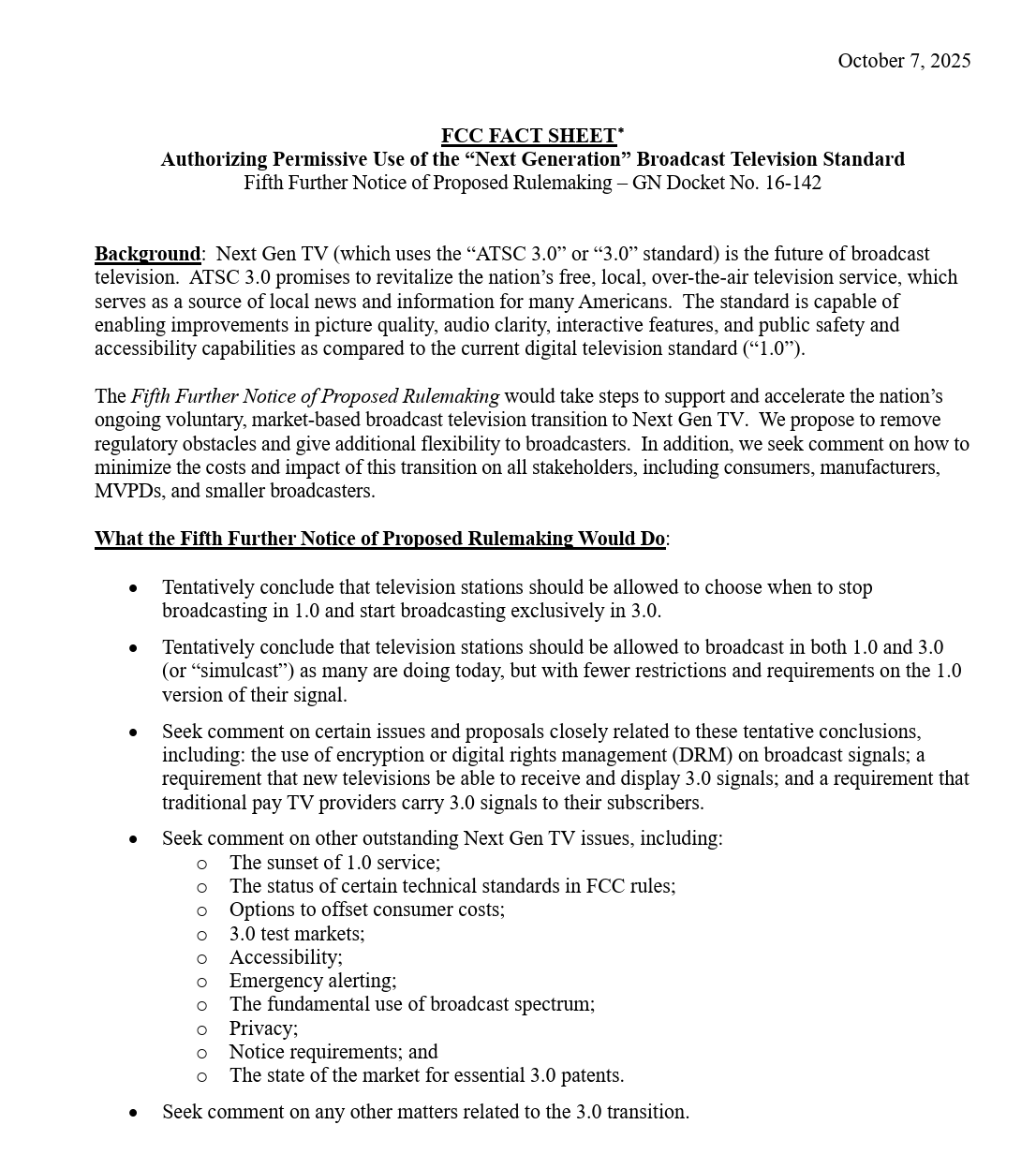
2009년 전환과 정반대 접근
이번 전환 방식은 2009년 아날로그-디지털 방송 전환과 극명한 대조를 이룬다. 당시 의회와 FCC는 법정 종료일을 설정하고, DTV 튜너 의무화와 21억 달러 규모의 컨버터 박스 지원 프로그램으로 전환을 주도했다.
반면 이번에는 종료 시점을 강제로 지정하지 않고 시장 자율에 맡기는 첫 사례가 될 전망이다. 카 위원장은 "넥스트젠 TV는 방송의 미래이며, 시청자들이 뉴스와 콘텐츠를 더 풍부하게 받을 수 있도록 할 것"이라며 "이번 달 회의에서 전환 가속화를 위한 조치를 표결할 계획"이라고 밝혔다.
FCC는 ATSC 3.0 수신기를 보유하지 않은 지상파 시청자 보호 책임을 방송사들에게 맡기려는 의도로 보인다.
FCC는 또 다른 잠정 결론에서 방송국들이 "현재 많은 방송국이 하고 있는 것처럼 1.0과 3.0을 동시방송(simulcast)할 수 있도록 허용하되, 1.0 버전 신호에 대한 제한과 요구사항을 완화"할 방침이라고 밝혔다.
이는 ATSC 1.0 종료 시까지 두 신호의 프로그래밍이 동일할 필요가 없음을 시사한다. 방송사들은 당분간 이중 송출 방식으로 전환기를 운영하게 된다.
핵심 쟁점은 '추후 결정'...업계 갈등 예고
하지만 많은 핵심 사안들은 여전히 미결 상태로 남아 있어 이해관계자들 간 치열한 로비 경쟁이 예상된다. FCC는 다음 사항들에 대해 업계 의견을 수렴할 예정이다.
▪ DRM(디지털 권한 관리) 및 암호화
방송사가 신호를 암호화해 녹화나 외부 기기 활용을 제한할 수 있을지 여부
▪ 신형 TV 수신기 의무화
모든 신형 TV에 ATSC 3.0 튜너 탑재를 요구할 것인지
▪ 유료방송사(MVPD)의 의무 송출
케이블·위성 사업자가 3.0 신호를 의무적으로 중계해야 하는지
▪ 데이터 전송용 스펙트럼 사용 한도
TV 방송국이 전통적인 프로그래밍 대신 데이터 전송에 얼마나 많은 ATSC 3.0 스펙트럼을 할애할 수 있는지
ATSC 3.0 전환 논란
방송 업계(NAB, Pearl TV 등)는 3.0 튜너 의무화가 넥스트젠 TV 확산에 필수라고 주장하는 반면, 가전업계(CTA, 게리 샤피로 회장 등)는 TV 가격 상승과 시장 자율성 침해를 우려하고 있다. 유료방송 사업자(DIRECTV 등)는 의무 중계 부담에 반발하고 있다.
FCC는 다양한 의견 수렴을 거쳐 2026년 중반까지 최종 결정을 내릴 예정이다.
법정 종료일 없이 시장 자율에 맡겨지는 이번 전환 방식에 대해서는 소비자 혼란과 시장 격차 발생 가능성에 대한 우려도 제기되고 있다. 방송사별로 전환 시점이 달라질 경우, 일부 시청자들은 예고 없이 특정 채널 시청이 불가능해질 수 있기 때문이다.

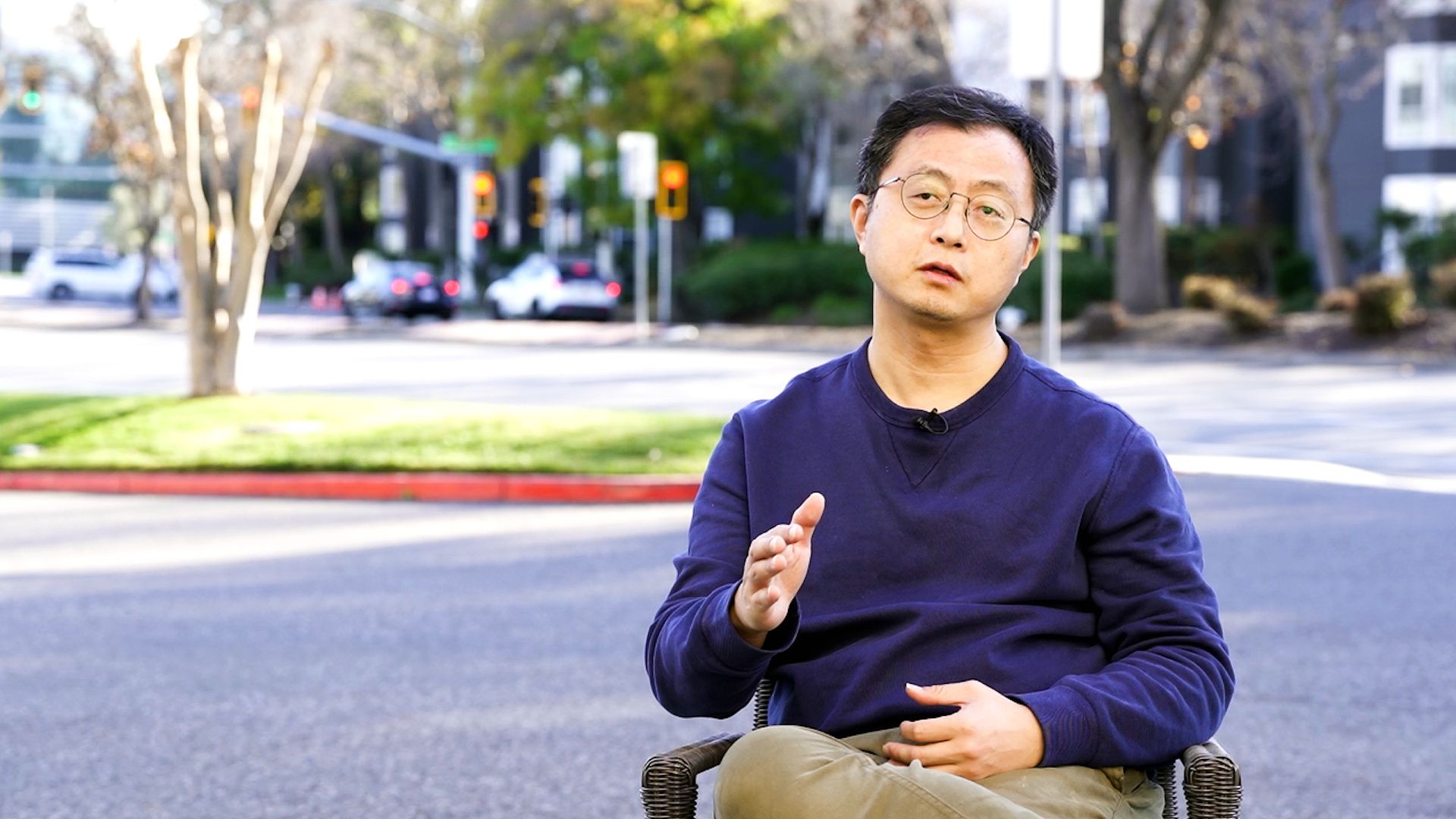
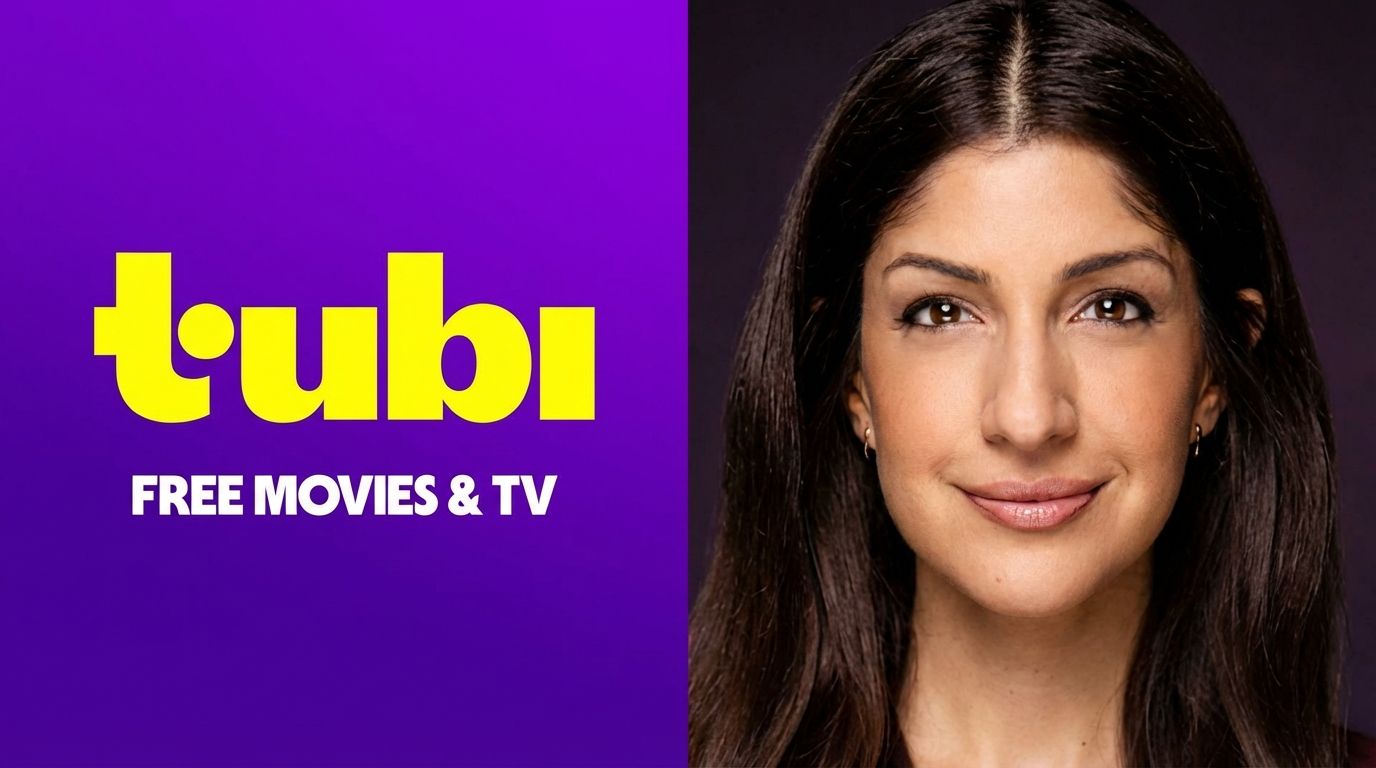

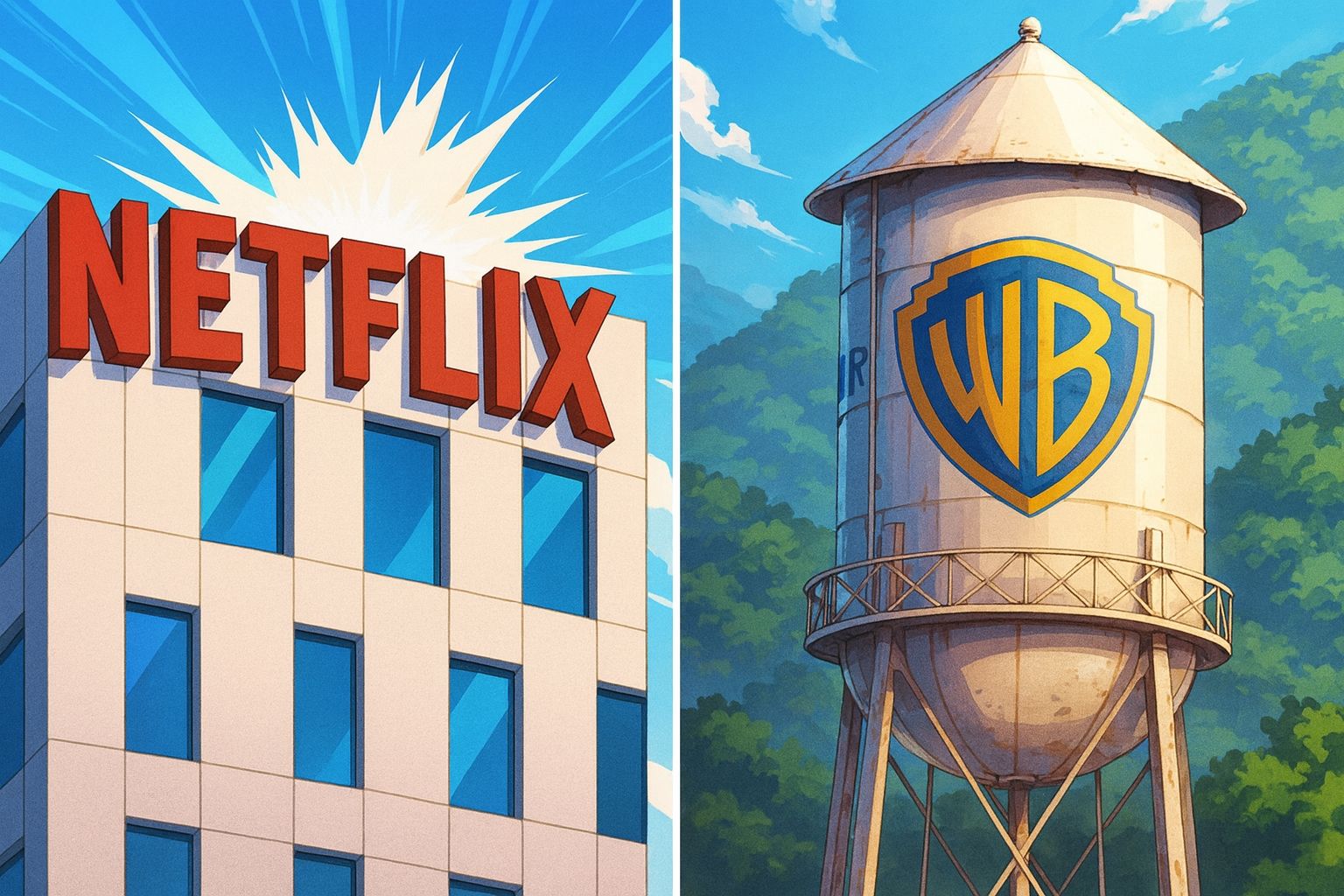
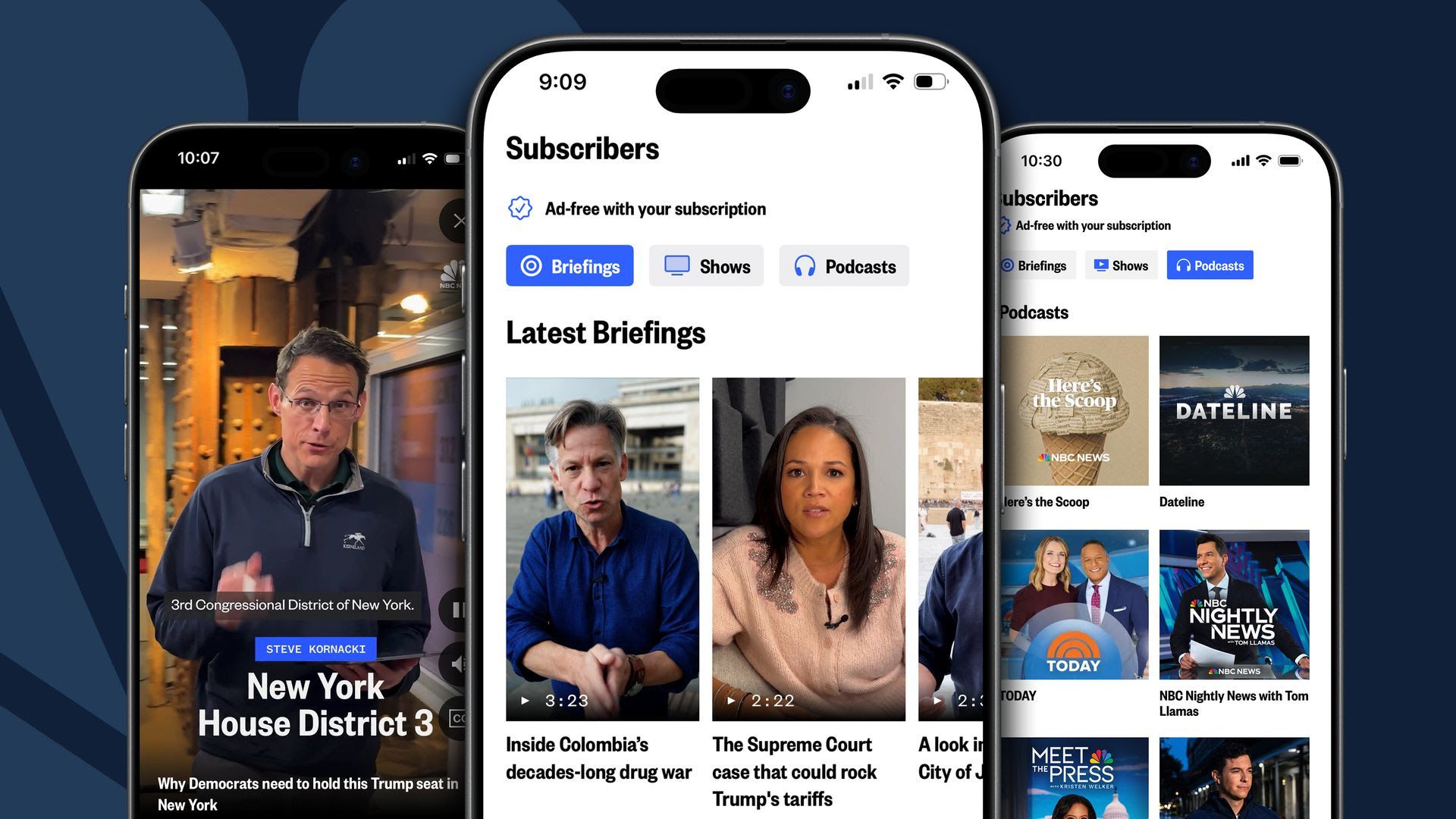
![[보고서]K-콘텐츠, 몰입형 공간 새로운 경험](https://cdn.media.bluedot.so/bluedot.kentertechhub/2025/12/je15hi_202512061434.png)
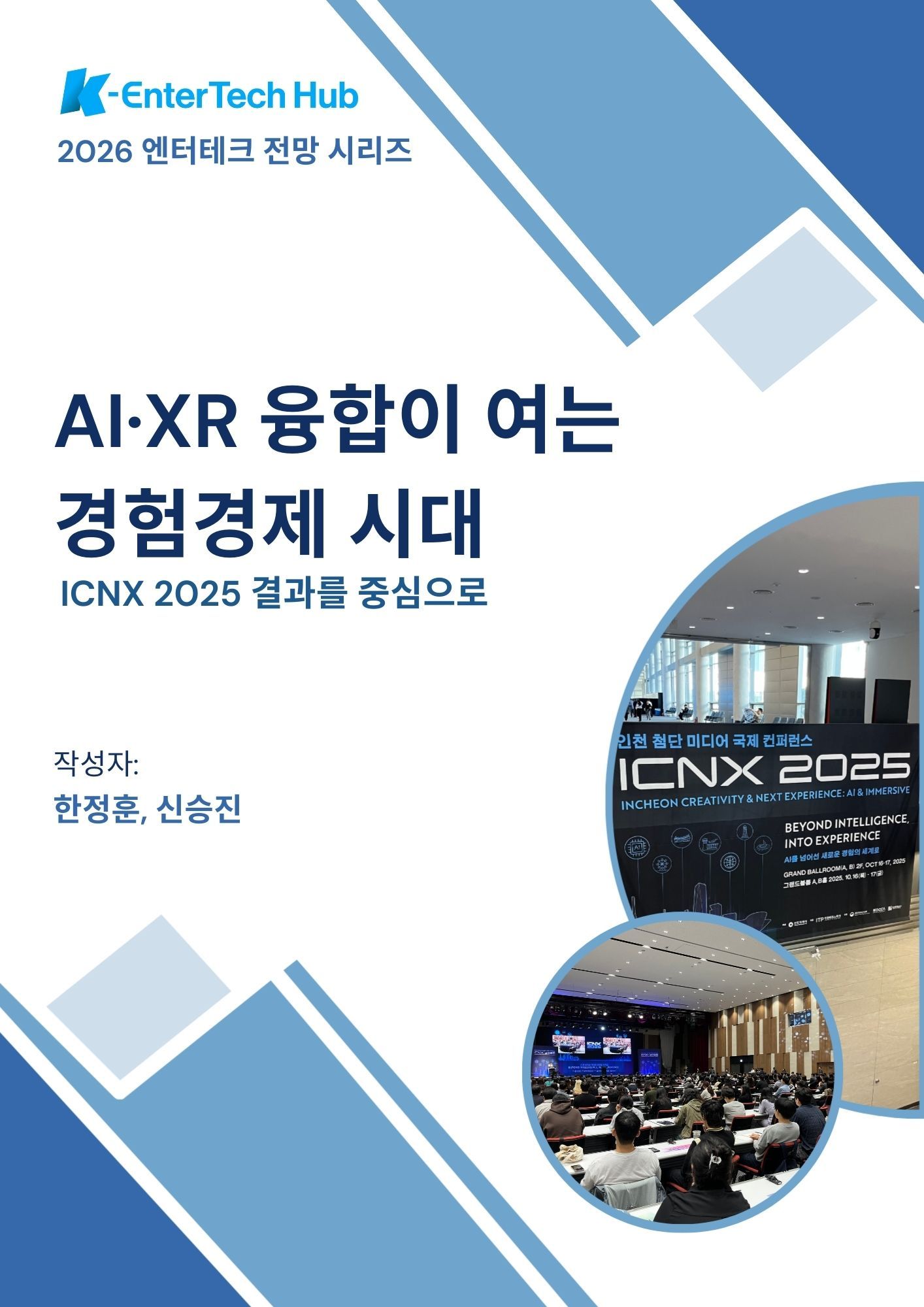
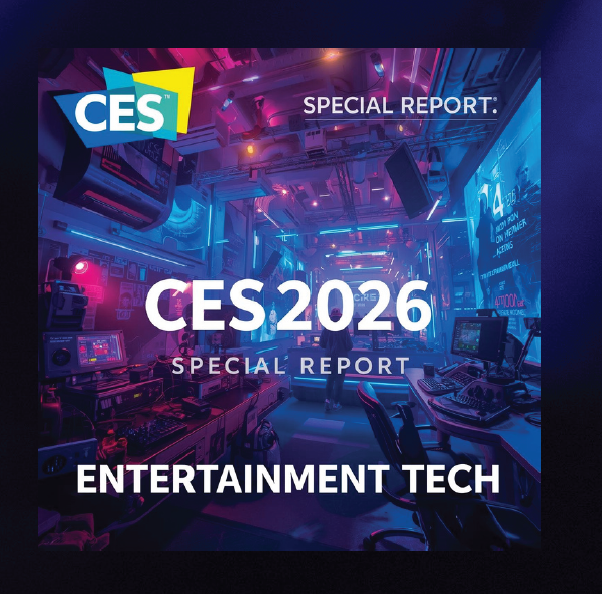
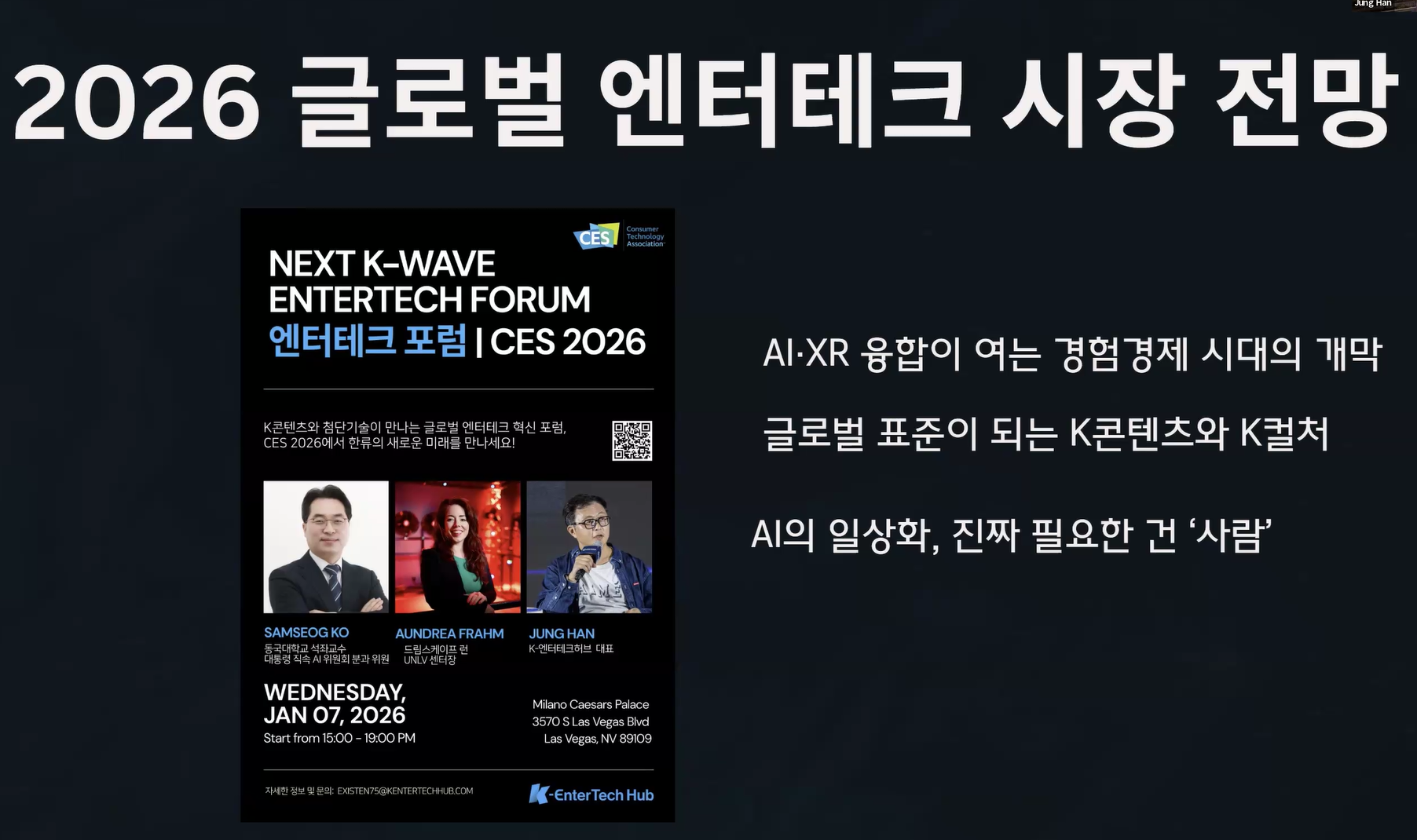
![[K콘텐츠와 K FAST]](https://cdn.media.bluedot.so/bluedot.kentertechhub/2025/11/zxwbgb_202511241038.jpg)
![[모집]1월 9일~14일 글로벌 AI 스템 캠프(자료집)](https://cdn.media.bluedot.so/bluedot.kentertechhub/2025/11/3kf0x5_202511031830.png)
![[MIPCOM2025]글로벌 엔터테인먼트 트렌드](https://cdn.media.bluedot.so/bluedot.kentertechhub/2025/10/duxlsp_202510170000.png)
![[보고서]생성AI와 애니메이션](https://cdn.media.bluedot.so/bluedot.kentertechhub/2025/09/c49fxu_202509271057.png)
